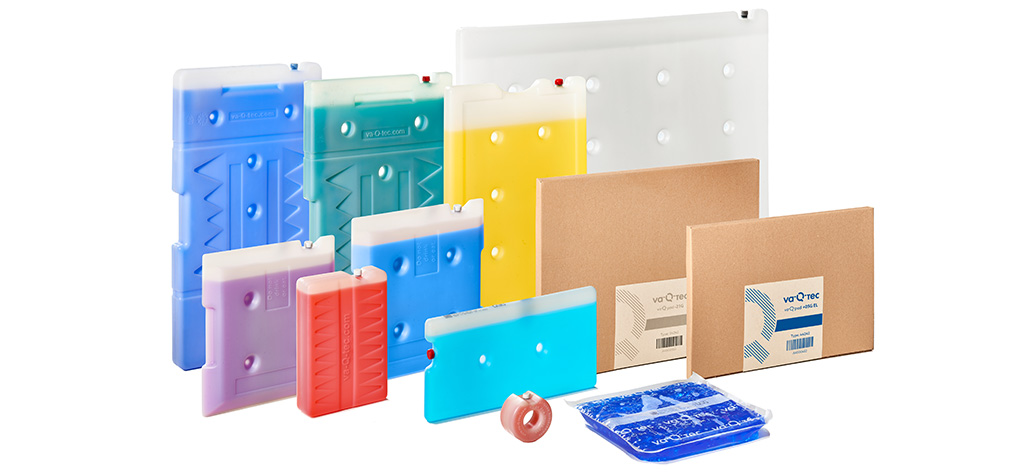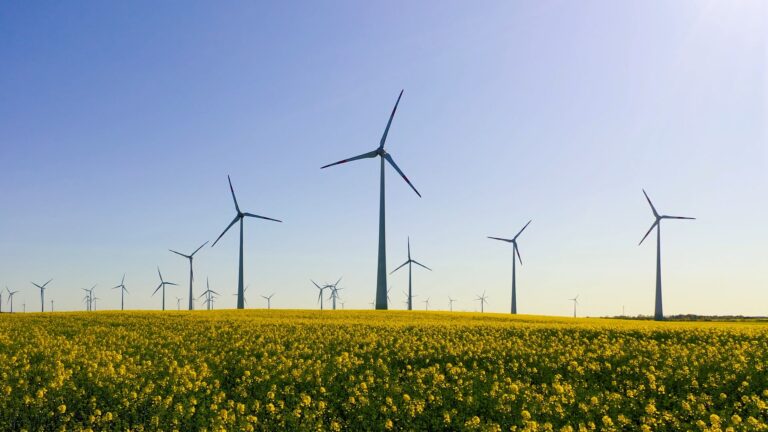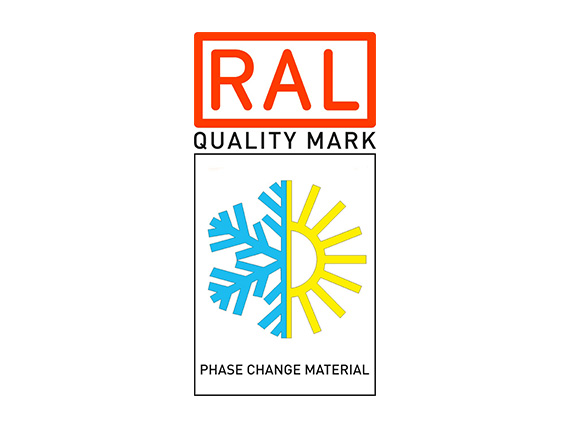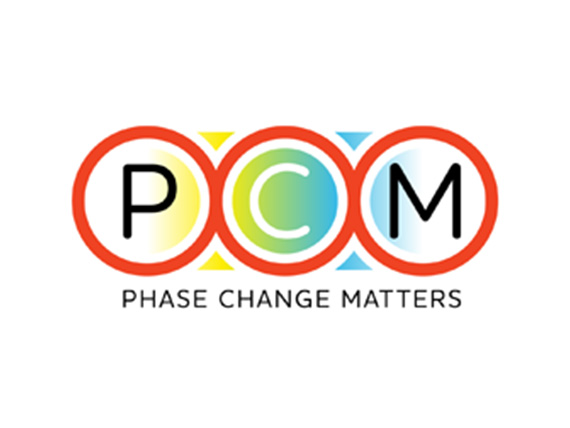Phase Change Material (PCM)

Phase change materials (PCMs) are substances that can absorb or release heat or cold during their phase change. They can store very large amounts of heat in a small temperature range around their phase change temperature. As a result, they outperform conventional sensitive storage materials (e.g. hot water storage tanks) by a significant margin.
In contrast to sensitive heat storage materials, which only absorb or release heat in the form of a temperature change, PCM change their aggregate state when they absorb or release heat; they change their phase. In this process, the measurable temperature of the medium itself does not change or hardly changes at all. The stored energy is hidden in the phase change of the PCM, which is why PCMs are also referred to as latent heat stores (“latent” = hidden). Therefore, in addition to sensible heat, PCMs can store large amounts of latent heat in a small temperature range near their phase change temperature.
One area of application for PCM materials is the passive, temperature-controlled transport of goods (TempChain). Here, with the help of PCM, the temperature inside the transport box can be kept constant for several days without an external energy supply.
Our innovative PCM technology is characterized by:
- a wide PCM variety in the temperature range from -67°C to +37°C with high latent heats of mostly > 200 J/g. Other temperature ranges are available upon request.
- a large portfolio of shell shapes and shell materials.
PCM shells (hard and soft shell) are available in the volume range from 0.2 l to 6 l. - PCM tailored to the customer for application areas beyond the TempChain range: PCM with customized properties (viscosity, thermal conductivity, or combustibility) are available for applications in the construction sector, for thermal energy storage (power to heat), for thermal management of batteries, or for HVAC (heating, ventilation, air conditioning) applications.
- Plant-based PCM materials made from certified sustainable raw materials (bio-PCM).
In addition, all our PCMs are manufactured in Germany and are subjected to extensive quality control.
Our PCM in the media
Development of a phase change material for vaccine transport without dry ice
Certain vaccines that have been developed against COVID-19 require a storage temperature between around −60 and −70°C. It is challenging for logistics to assure these temperature limits. However, the use of dry ice has to be viewed critically for safety and environmental reasons.


